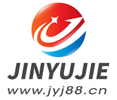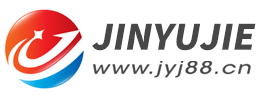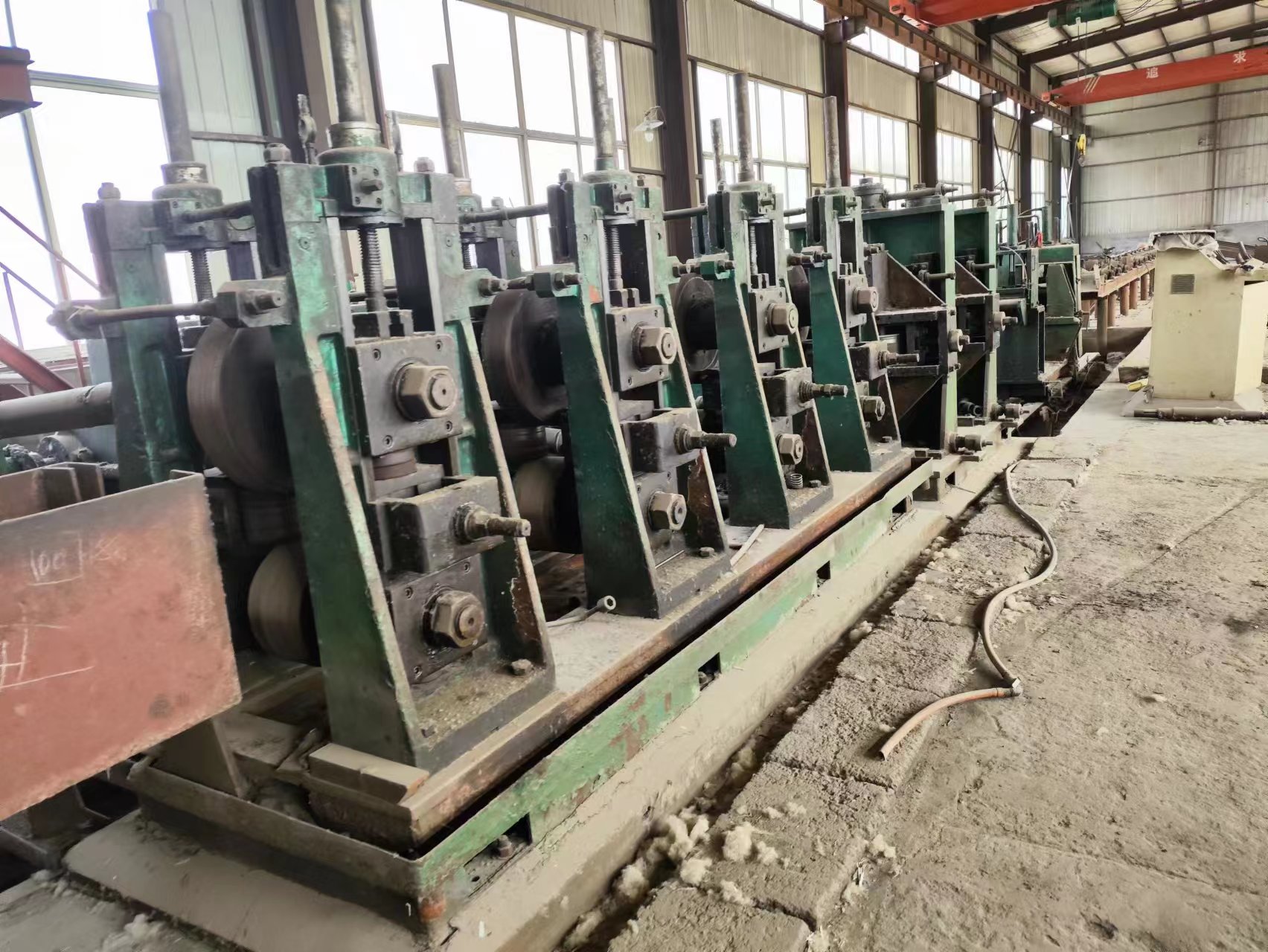Thin wall tube forming with used roll forming machine
- Sort:Information
- Auth:
- Source:
- Release time:2022-05-21 11:30
- Pvs:
【概要描述】The difference between the thin-walled welded pipe and the thick-walled pipe forming difficulty of the used roll forming machine is that the difficulty of thin-walled pipe forming is that the edges of the tube blank have too much longitudinal extension during the forming process, which is easy to produce forming bulges.
Thin wall tube forming with used roll forming machine
【概要描述】The difference between the thin-walled welded pipe and the thick-walled pipe forming difficulty of the used roll forming machine is that the difficulty of thin-walled pipe forming is that the edges of the tube blank have too much longitudinal extension during the forming process, which is easy to produce forming bulges.
- Sort:Information
- Auth:
- Source:
- Release time:2022-05-21 11:30
- Pvs:
The difference between the thin-walled welded pipe and the thick-walled pipe forming difficulty of the used roll forming machine is that the difficulty of thin-walled pipe forming is that the edges of the tube blank have too much longitudinal extension during the forming process, which is easy to produce forming bulges.
Thin-walled pipes theoretically refer to a type of welded pipe with a wall-diameter ratio of less than 2%; in practice, welded pipes with a wall thickness of less than 0.6 mm are also called absolute thin-walled pipes. The difficulty of thin-walled tube forming is that the rigidity of the tube blank is low, and the edge is easily unstable, which leads to the failure of forming.
Forming Instability
As mentioned above, there are two main forms of instability in thin-walled tube forming, one is wave, the other is bulge. In a sense, the process of forming thin-walled tubes is the process of inhibiting the formation of bulges.
However, in general, even thin-walled pipes do not necessarily have bulges. Taking the adjustment operation as an example, the same thin-walled tube, on the same used roll forming machine production line, uses the same set of forming rolls and the same tube blank raw material, different operators, sometimes the adjustment results are quite different. This shows at least two points. First, the welding pipe debugging operation has a vivid effect in suppressing the bulge, which should be paid great attention to; second, there are many reasons for the bulge, but the formation mechanism is not complicated.
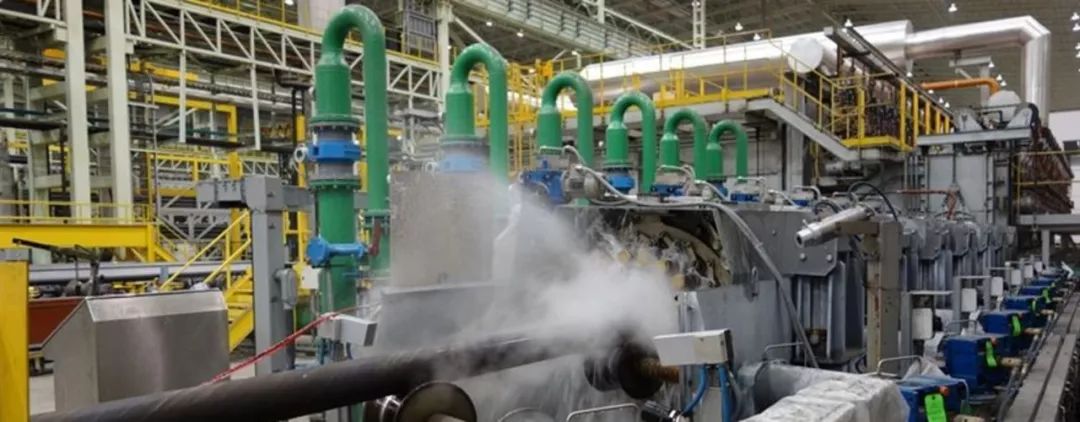
The formation mechanism of the bulge
(1)Too much plastic extension of the edge. According to the welding tube forming theory, in the process of forming the flat tube blank into an open tube to be welded, a point on the edge gradually rises as the tube blank advances, and at the same time moves closer to the rolling center plane. The movement trajectory of this point has a theoretical minimum value Lmin. Lmin can only be temporarily longer than the bottom of the tube blank by △L in a certain area of the forming. Length (traditionally zero). However, the forming bottom line and rolling center line formed by the roll pass cannot actually be an absolute straight line, as well as the influence of the springback of the tube blank, the roll pass, and the operation adjustment. In fact, the plastic extension of the edge of the tube blank in the process of welded pipe forming is inevitable, which is an objective existence, which can be fully proved from the deformation of the first pass and its edge elongation.
(2) In the later stage of forming, the edge tension of the tube blank decreases sharply. The state of the longitudinal edge of the tube blank is determined by the properties of the tensile force and the restoring force: when the previous tensile force is within the elastic limit, the restoring force is the forwarding form of the previous tensile force, and together with the tensile force constitute a pair of balance forces necessary for forming, the tube blank The edge is acted by this pair of balancing forces, so that the edge will not easily shake and jump, that is, there will be no waves or bulges; when the previous tension exceeds the tension required for the longitudinal extension of the tube blank or due to other process reasons, operation reasons, raw material reasons When the tensile force exceeds the elastic limit, the edge will deform plastically. Moreover, if no new longitudinal tension is added, the nature of the restoring force has essentially been transformed into longitudinal compressive stress, and the edge of the tube blank will become unstable under the action of longitudinal compressive stress, and the edge will wave and even form a bulge.
It can be seen that the formation mechanism of the thin-walled tube bulge of the used roll forming machine is: during the forming process of the tube blank, the edge is affected by various factors and the elastoplastic extension occurs, and the bulge will occur when the edge does not have sufficient longitudinal tension; Longitudinal plastic extension and loss of longitudinal tensile stress are the internal and external causes of bulge, and both are indispensable. If plastic elongation occurs, but there is a sufficiently large longitudinal tensile stress on the edge, bulging will not occur; similarly, if there is no longitudinal plastic extension on the edge, even if there is not enough tensile stress, bulging will not be formed. This understanding is an important achievement in the development of welded pipe forming theory, and is also the theoretical basis for various advanced forming equipment, advanced forming processes and advanced forming adjustment methods.
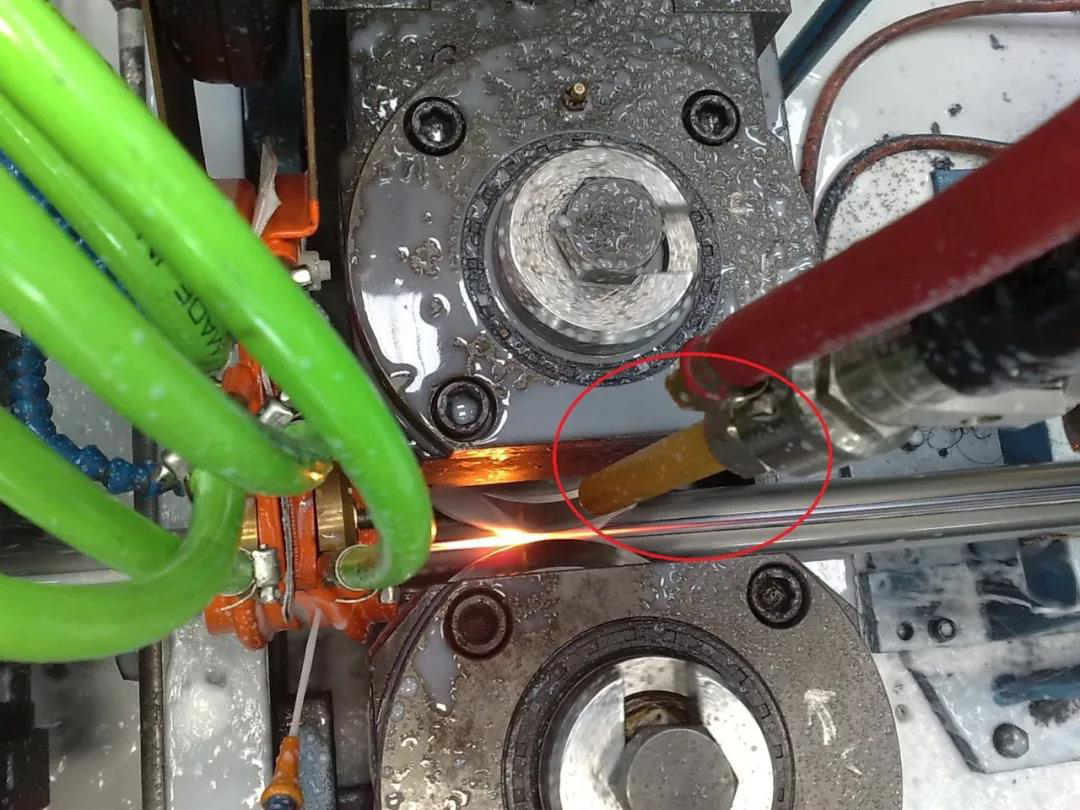
Features of forming drums
The relationship between forming waves and forming drums
Waves are a type of drum kits, they are both different and related. First of all, the wavelength of the wave is much longer than that of the bulge. The wavelength of the formed bulge of the small-diameter welded pipe is generally not more than 20mm, and the wavelength of the wave is usually several times the wavelength of the bulge. Secondly, the waves are usually softer and do not have obvious bulges; and the bulge either has no, or has a sudden edge, and suddenly bulges; the peak of the wave is smaller than that of the bulge, and the peak of the bulge is as small as a few millimeters, as many as ten millimeters, or even more. high. Finally, from the perspective of hazard, the wave usually turns into a small shaking of the edge, sometimes it is not obvious, it is a soft defect that is better to solve, and it is not a big problem if it is not solved for the time being; and every bulge, even a small bulge, will cause weld seams Lap welding and leakage welding cannot be ignored and must be solved.
Of course, waves and drums are closely related, and there is a logical relationship between them. There are always waves first, and then bulging; waves are the precursor to bulging, giving birth to bulging; however. Waves do not necessarily all form bulge, and bulge is an inevitable product of wave development to a certain extent. Conversely, as long as there are bulges, there must be waves. This "blood relationship" between waves and bulging tells us that to prevent and eliminate bulging, we should start with preventing and eliminating waves. At the same time, once it is found that there are waves on the edge of the formed tube blank, measures should be taken as soon as possible, and do not wait until the bulge appears before adjusting.
Features of drum kits
(1) Morphological features. A common feature of formed drums is that they always bulge outwards. The reason why the bulge is only convex outward and not concave inward is determined by the direction of the transverse deformation of the formed tube blank and the rebound trend after transverse deformation.
(2) Occurrence segment features. The vast majority of bulging occurs in the fine forming section, which is related to the fact that after the formed tube blank enters the fine forming section, the longitudinal extension of its edge is greatly reduced, or even converted to compression; in other words, the tube blank is generated and accumulated in the rough forming section. The edges extend longitudinally, so that the fine-formed section cannot be fully absorbed, and is "excess" during the forced isometric process of the fine-formed section. It can be seen that although the bulge is manifested in the fine forming section, the root cause is in the rough forming section.
These characteristics of the bulge point out the direction for eliminating and suppressing the bulge: first, focus on the rough forming section, starting from the hole type, material and adjustment, so that the edge of the tube blank extends as little as possible. Secondly, we should try to strengthen the control force on the outside of the edge of the tube blank in the finishing section (recommended from the deformation angle greater than 180°). This is also one of the reasons why when talking about the thin-walled tube forming and bulging prevention of used roll forming machine, it is always emphasized to increase the reduction amount of the closed-hole type upper roller. Because the pass near the guide ring of the upper roll of the closed pass is the most direct rolling force applied to the edge of the tube blank from the outside of the edge of the tube blank, and it is this force that partially eliminates and suppresses the bulge.
Part of the content of this site comes from the Internet, this site only provides information storage, the copyright belongs to the original author, does not bear relevant legal responsibility, does not represent the views and positions of this site, if there is any infringement, please contact to delete.
More News

Time of issue : 2023-10-31

Time of issue : 2023-10-28

Time of issue : 2023-10-25

Time of issue : 2023-10-22
Wechat: 13392281699
Email: zty@usedpipemill.com
Company address:No. A99, East Lecong Avenue, Lecong Town, Foshan City, Guangdong Province
Recommendation
Online Inquiry
LINK
Contact Us
Tel (wechat): 13336487288
Wechat:+86 13336487288
WhatsApp:+86 13336487288
Email: zty@usedpipemill.com
Address: No. A99, Lecong Avenue East, Lecong Town, Foshan City, Guangdong Province

